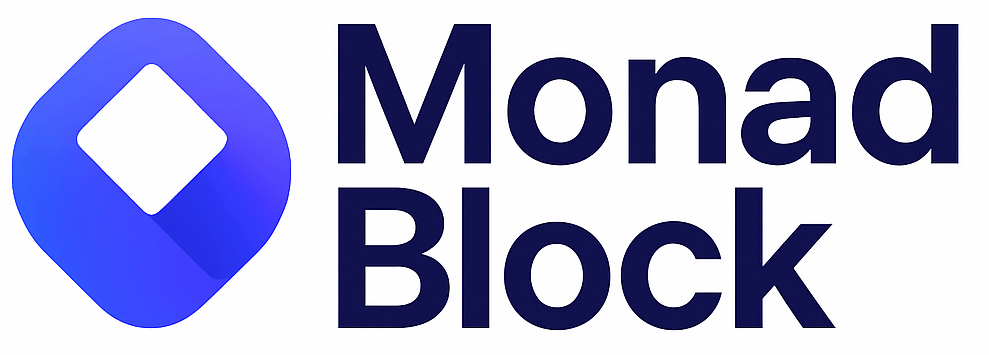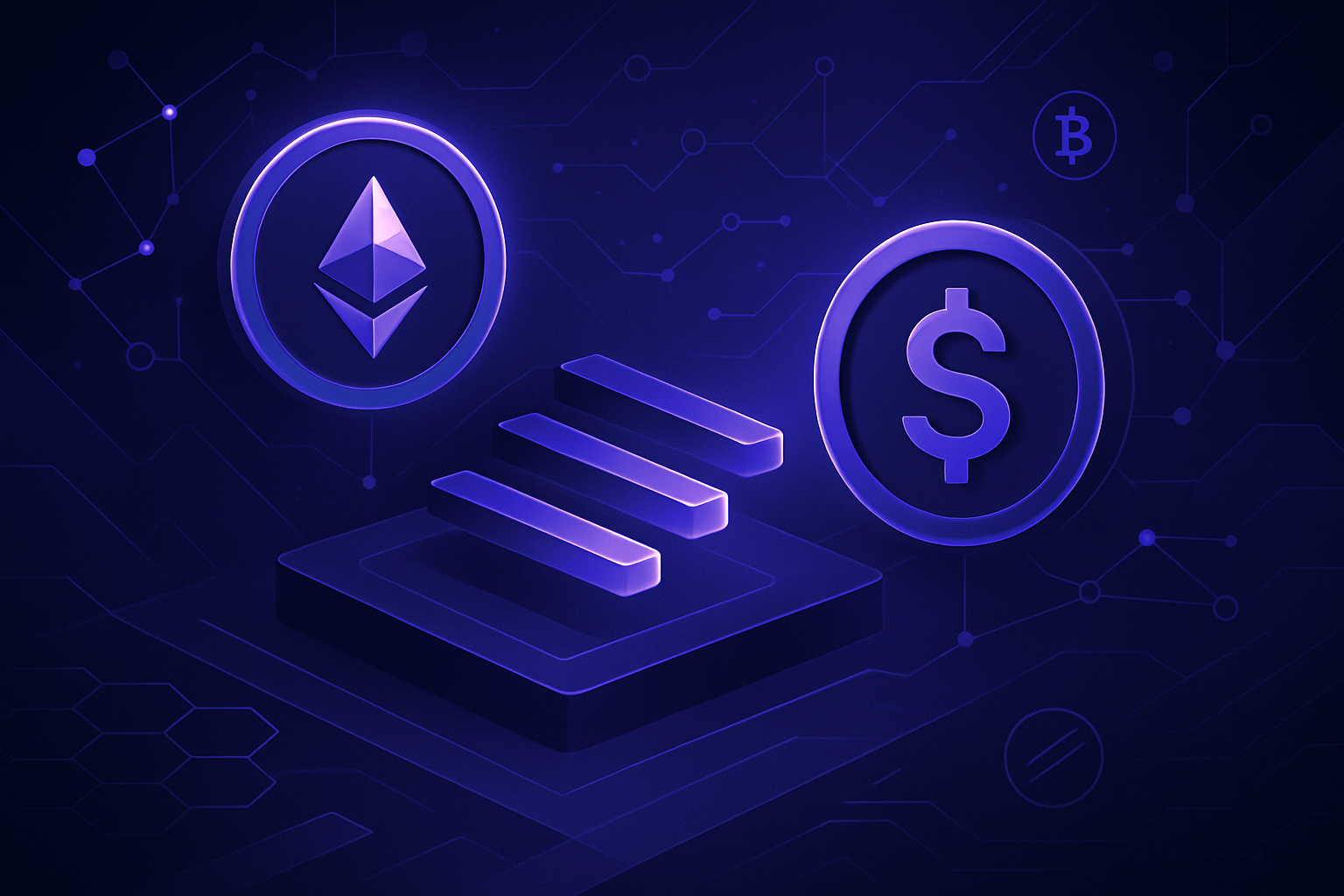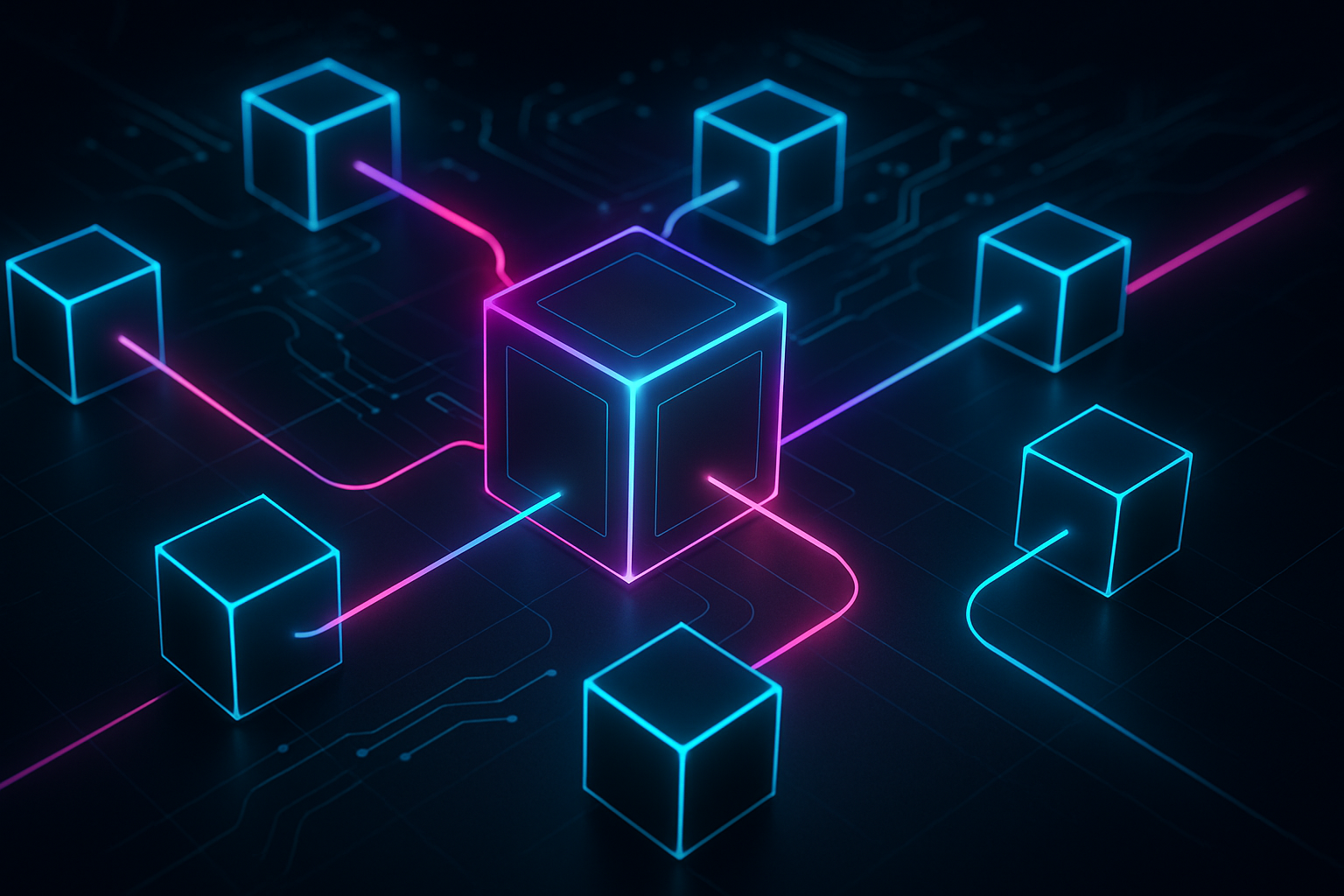
Blockchain scalability has long been the battleground for innovation, and Monad is rapidly emerging as a game-changer in this space. With its breakthrough approach to Monad EVM parallelization, the network reimagines how blockchains process transactions, setting new standards for speed, efficiency, and developer flexibility. If you’re passionate about building or investing in high-performance EVM chains, Monad’s architectural leap is something you can’t afford to ignore.

Why Traditional Blockchains Hit a Throughput Ceiling
To appreciate Monad’s innovation, it’s important to understand the bottleneck of sequential transaction processing on most Ethereum-compatible blockchains. Historically, EVM-based networks execute transactions one after another. This linear approach guarantees state consistency but creates a queue, meaning even if transactions are independent, they must wait their turn. As a result, spikes in network activity cause congestion, slow confirmation times, and rising gas fees.
This sequential model is why legacy EVM chains struggle with scaling decentralized applications (dApps) that demand high throughput and low latency. The more users and smart contracts interact on-chain, the more obvious these limitations become.
Monad’s Parallel Execution: Unlocking True Scalability
Monad’s answer? Parallel execution. Rather than forcing every transaction through a single pipeline, Monad processes multiple non-conflicting transactions at the same time. This isn’t just a tweak, it’s an architectural overhaul that unleashes the full potential of the EVM.
The secret sauce is an optimistic execution strategy: Monad assumes most transactions are independent and executes them concurrently. If it detects conflicts, like two swaps trying to update the same liquidity pool, the system automatically re-executes only those specific transactions to preserve correctness. The result? Massive gains in blockchain transaction throughput without compromising security or decentralization.
The Numbers That Matter: 10,000 TPS and 1-Second Finality
Let’s talk performance benchmarks that actually move the needle for developers and enterprises:
Key Benefits of Monad’s Parallelized EVM Architecture
-
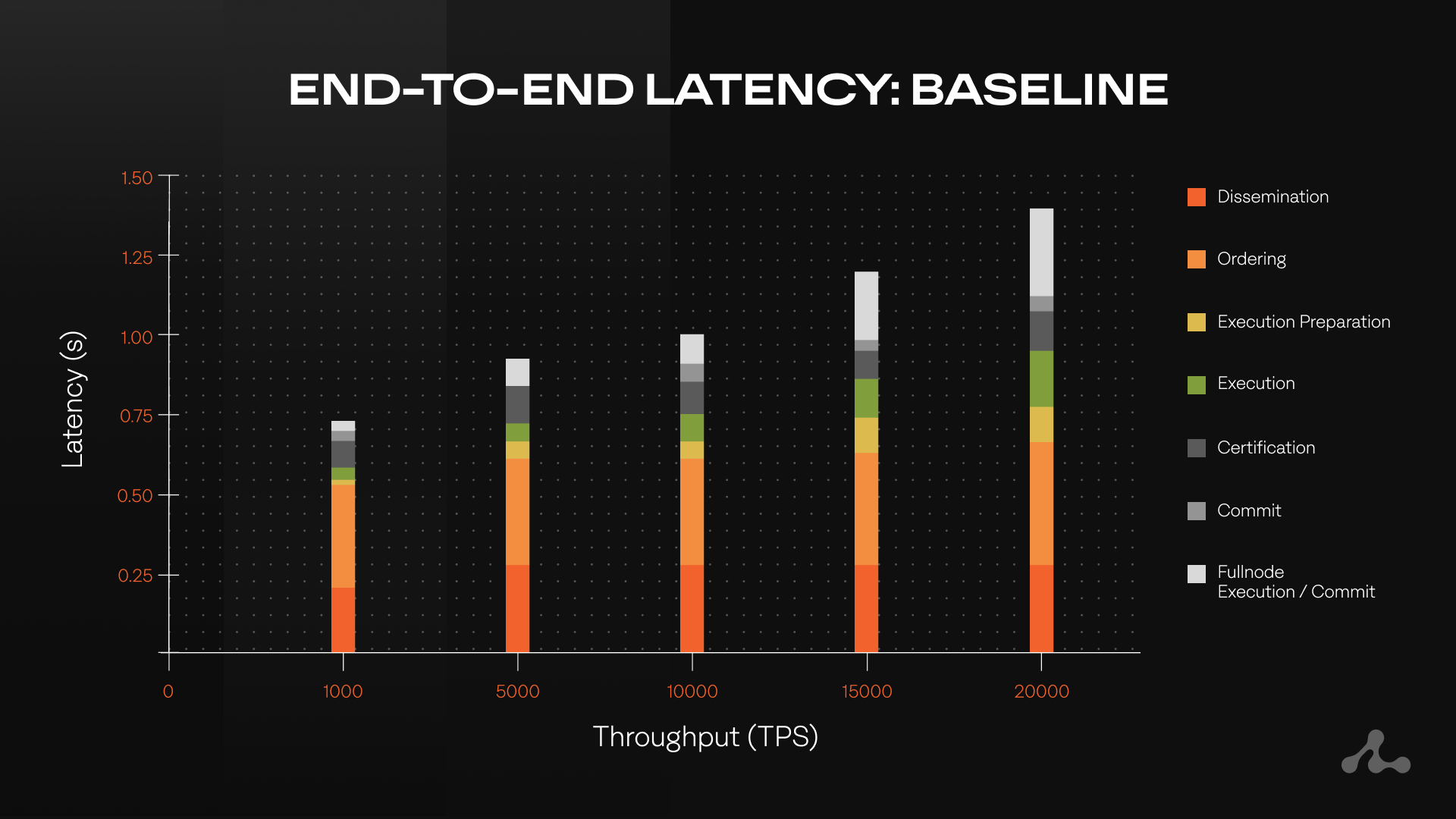
Massive Transaction Throughput: Monad achieves up to 10,000 transactions per second (TPS), far surpassing traditional EVM-based blockchains. This enables seamless scaling for high-demand decentralized applications.
-
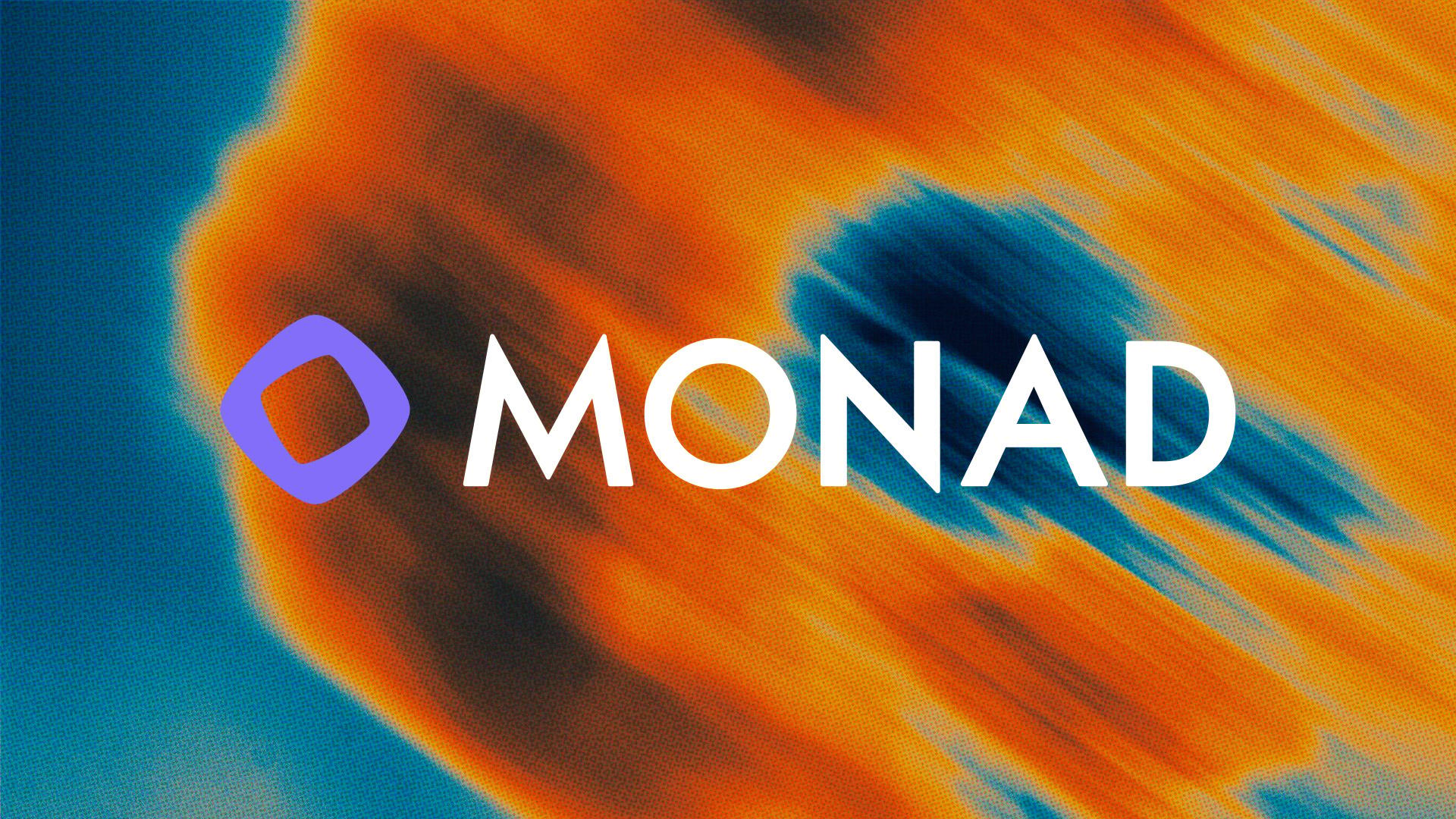
Ultra-Fast Finality: With approximately 1-second block finality, Monad ensures rapid confirmation of transactions, creating a responsive user experience for both developers and end-users.
-
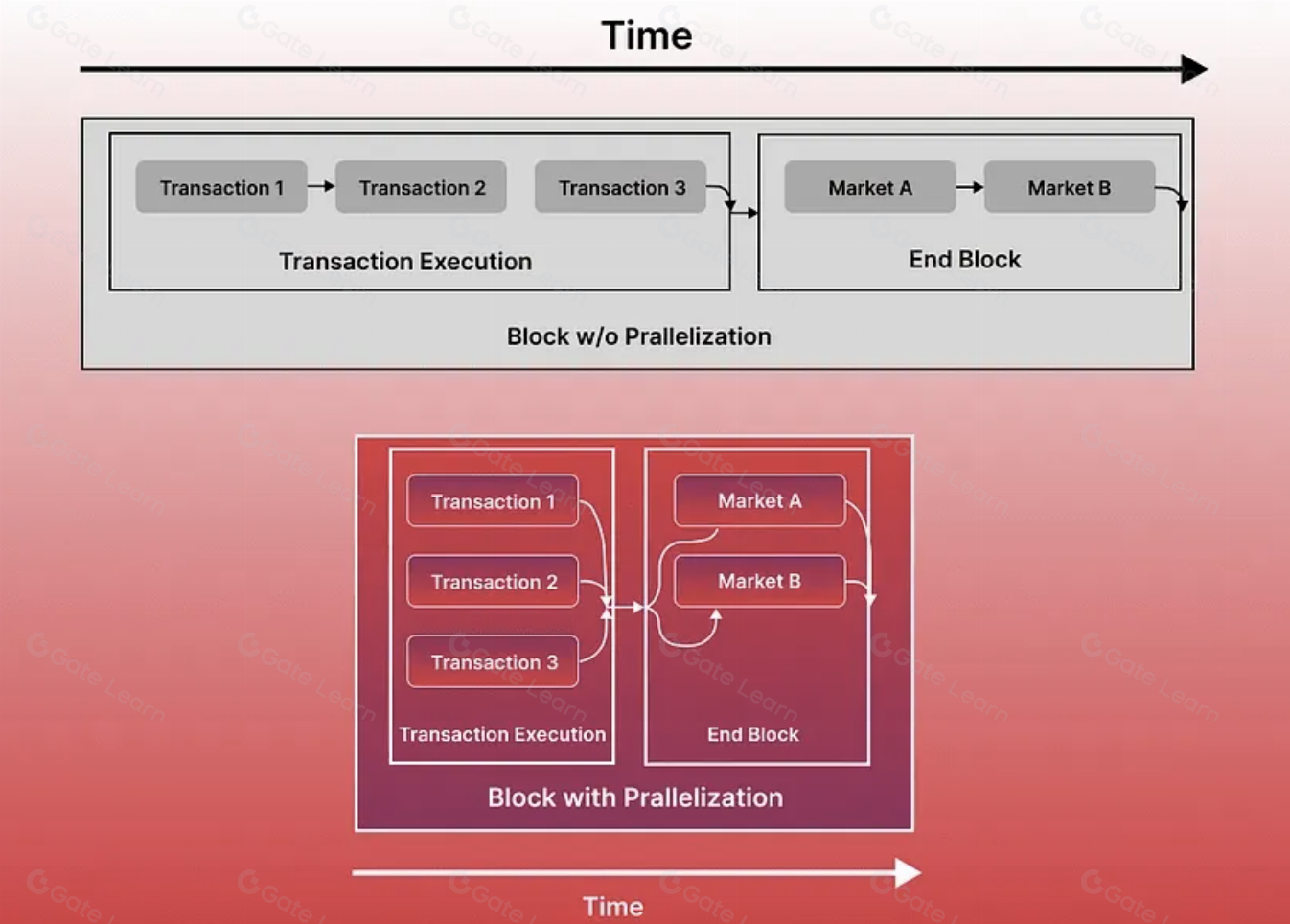
Parallel Transaction Execution: Monad’s architecture processes multiple non-conflicting transactions simultaneously, eliminating sequential bottlenecks and unlocking the full potential of EVM compatibility.
-
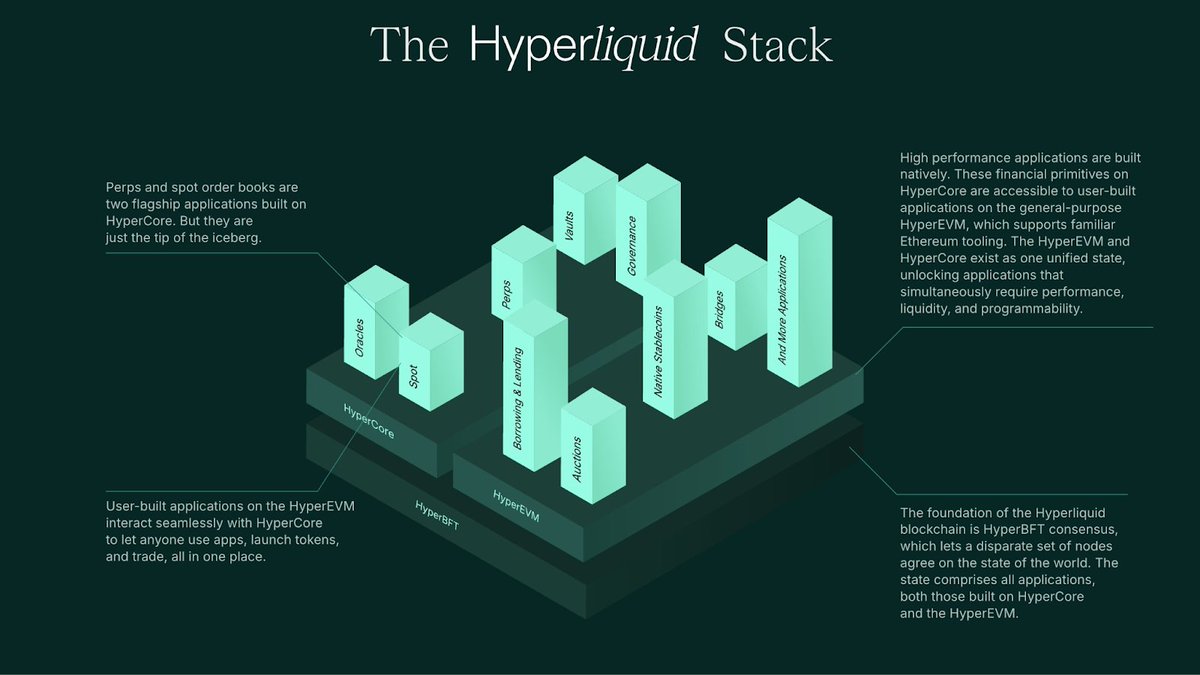
Decoupled Consensus and Execution: By separating the consensus process from transaction execution using MonadBFT (based on HotStuff), Monad maximizes network efficiency and scalability.
-
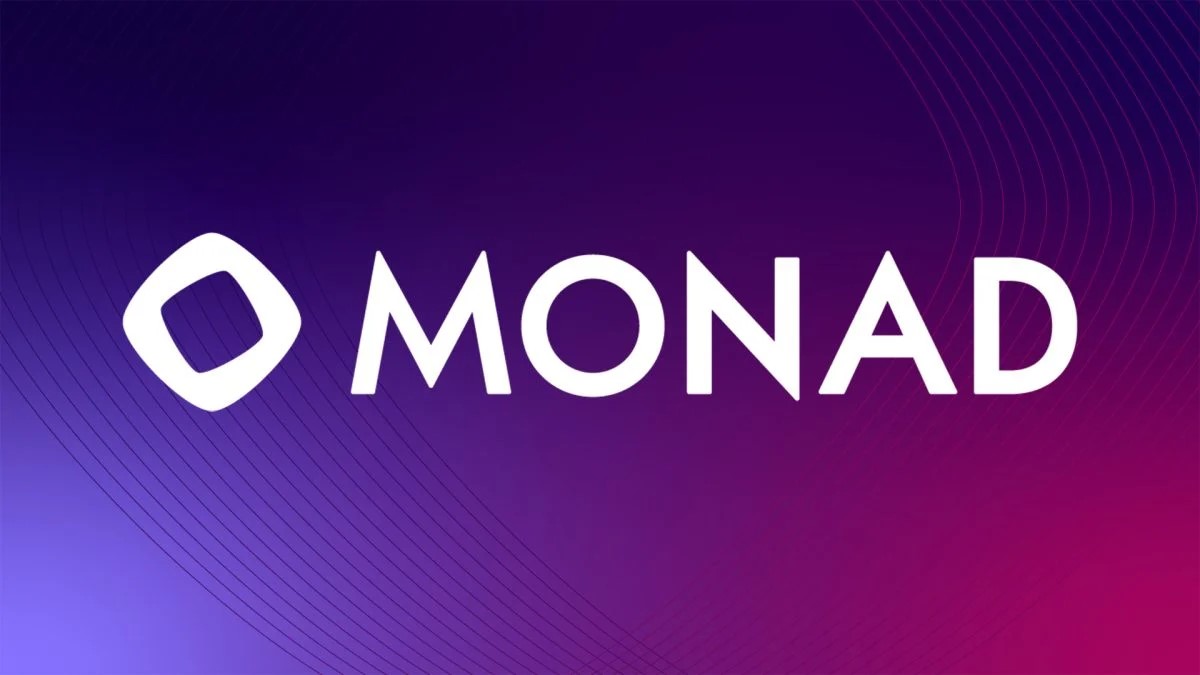
Optimized Storage with MonadDB: Monad’s custom MonadDB storage system leverages asynchronous disk operations, supporting concurrent data access and significantly improving transaction processing speeds.
-
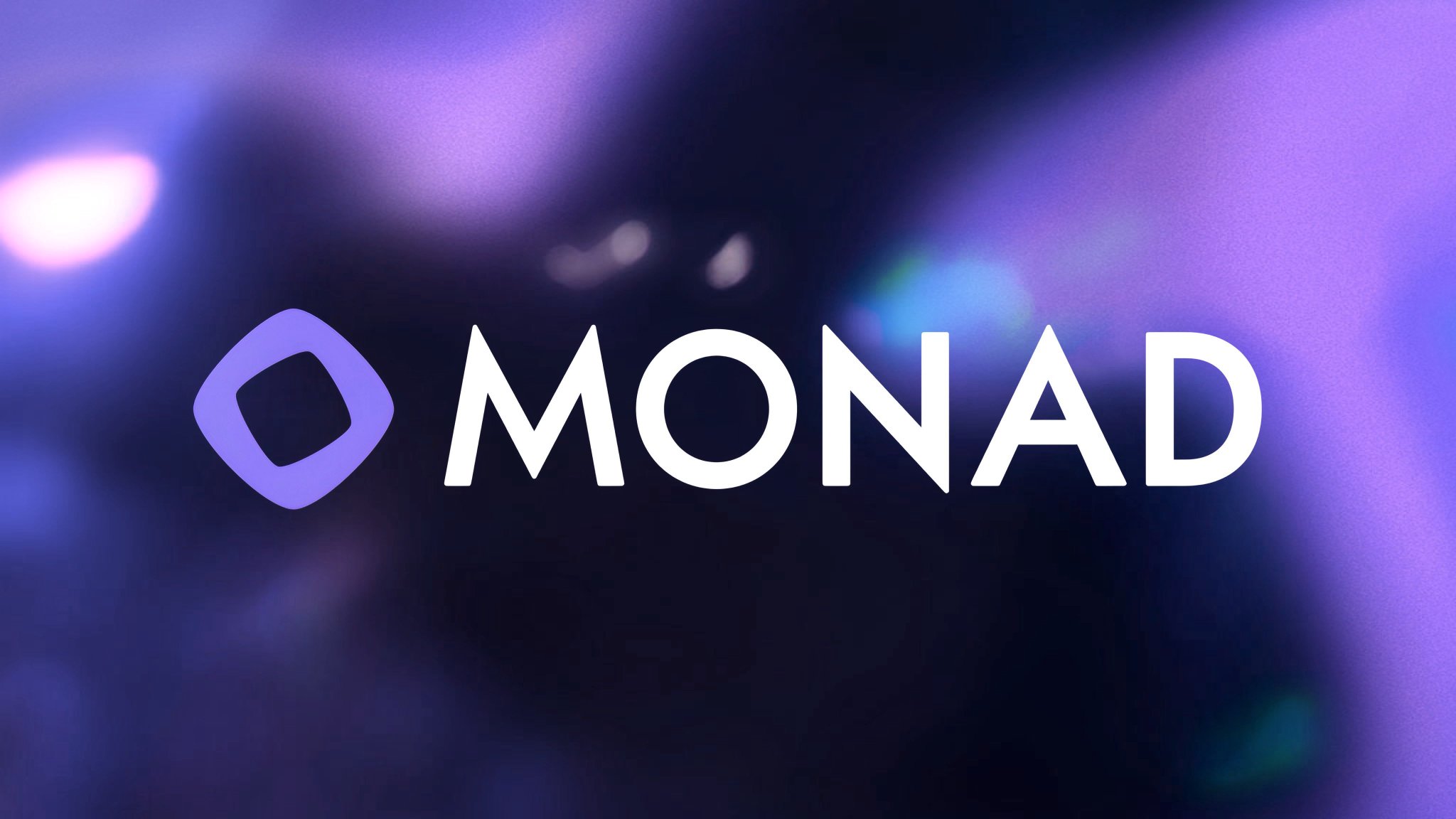
Seamless EVM Compatibility: Monad is fully compatible with the Ethereum Virtual Machine, allowing existing Ethereum dApps to migrate easily and benefit from enhanced speed and scalability without major code changes.
- 10,000 Transactions Per Second (TPS): This level of throughput rivals centralized exchanges while preserving all the benefits of decentralization.
- 1-Second Finality: Near-instant confirmation times make dApps as responsive as web2 platforms.
- EVM Compatibility: Existing Ethereum smart contracts can migrate seamlessly, no major rewrites required.
This performance is not theoretical; it’s being realized now thanks to innovations like decoupling consensus from execution via MonadBFT (based on HotStuff), as detailed at PANewsLab. By reaching consensus on transaction order first and executing later in parallel, Monad maximizes hardware utilization while minimizing bottlenecks.
The Engine Room: MonadDB Storage System
No high-performance EVM chain can succeed without robust data infrastructure. Enter MonadDB, a custom-built database designed for asynchronous disk operations. Unlike synchronous systems that force every read/write to wait its turn (yet another queue!), MonadDB allows simultaneous access by multiple transactions. This eliminates I/O bottlenecks and supports the blistering speed needed for modern DeFi protocols and NFT marketplaces.
The combination of parallel execution logic with state-of-the-art storage means developers can build resource-intensive dApps, from decentralized exchanges handling thousands of trades per second to real-time gaming platforms, without worrying about lag or congestion.
But it’s not just about raw speed. Monad’s architecture also empowers developers to unlock new levels of complexity in their decentralized applications. With the assurance that the underlying blockchain can handle massive transaction loads, creators are free to experiment with richer user experiences and more ambitious business logic, without the constant fear of network slowdowns or unpredictable gas spikes.
Real-World Impact: From DeFi to Enterprise
The ripple effects of Monad’s approach are already being felt across the Web3 landscape. High-frequency DeFi protocols, NFT platforms with dynamic minting, and even enterprise supply chain solutions stand to benefit from Monad’s unmatched throughput and low latency. For projects that once had to compromise on functionality due to EVM bottlenecks, Monad offers a new canvas for innovation.
One of the most compelling aspects for builders is seamless EVM compatibility. Existing Ethereum dApps can port over with minimal friction, immediately gaining access to 10,000 TPS performance and 1-second finality. This backward compatibility removes a major barrier for teams seeking scale without sacrificing their investment in Solidity codebases or familiar tooling.
For users, this means faster confirmations, lower fees, and a smoother DeFi or NFT experience, no more waiting for transactions stuck in pending limbo. For enterprises exploring blockchain as a backbone for mission-critical systems, Monad’s robust consensus and production-grade security provide the confidence needed for adoption at scale.
The Future of High-Performance EVM Chains
Monad isn’t just keeping pace with the demands of modern dApps, it’s setting a new standard for what’s possible on an Ethereum-compatible blockchain. By decoupling consensus from execution and pioneering optimistic parallelization, Monad is proving that scalability doesn’t have to come at the expense of decentralization or security.
As competition heats up among high-performance EVM chains, expect Monad’s innovations to inspire further breakthroughs throughout the ecosystem. Developers who embrace these tools today will be well-positioned to build tomorrow’s most impactful decentralized applications, whether they’re targeting mass-market consumer use cases or sophisticated on-chain financial instruments.
Ready to see it in action? Dive deeper into technical details and benchmarks at Monad’s official documentation, or explore architectural insights via PANewsLab.
Checklist: What Sets Monad Apart?
The era of blockchain bottlenecks is ending, and with Monad leading the charge in EVM parallelization and throughput optimization, developers finally have an infrastructure worthy of their boldest ideas. If you’re serious about building at scale in Web3, it might be time to make Monad your new home base.
